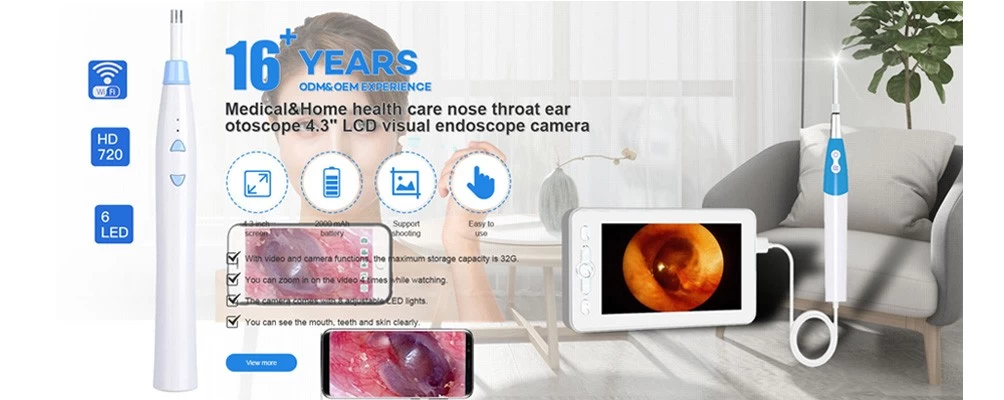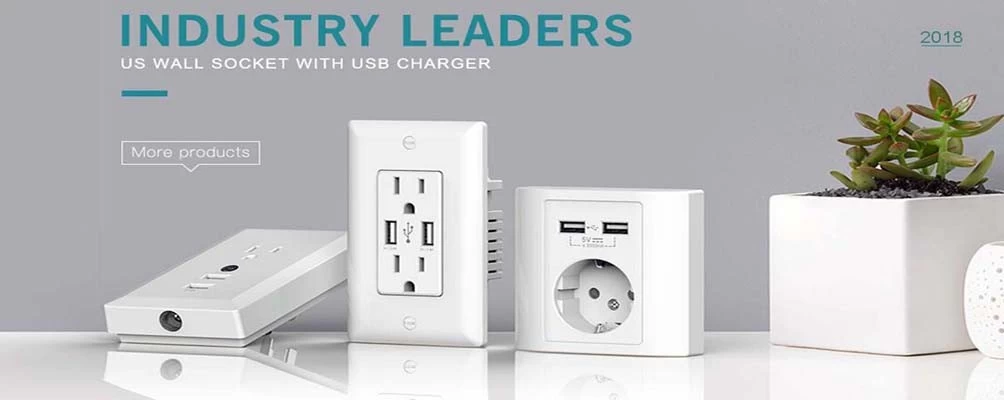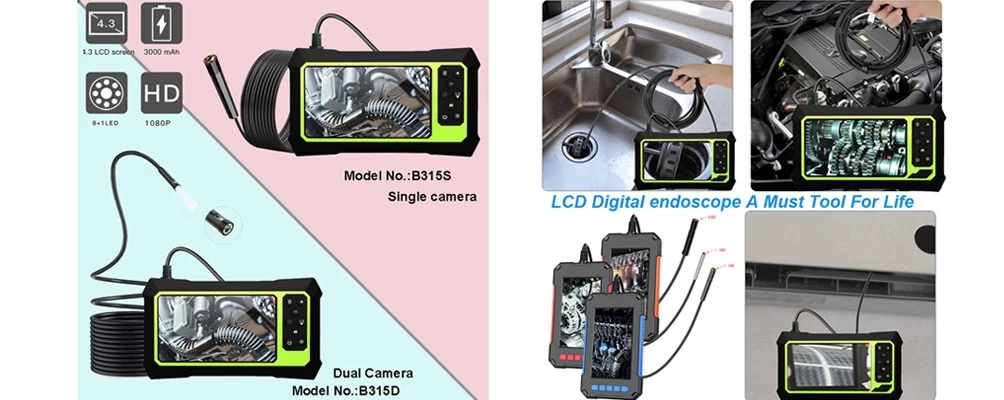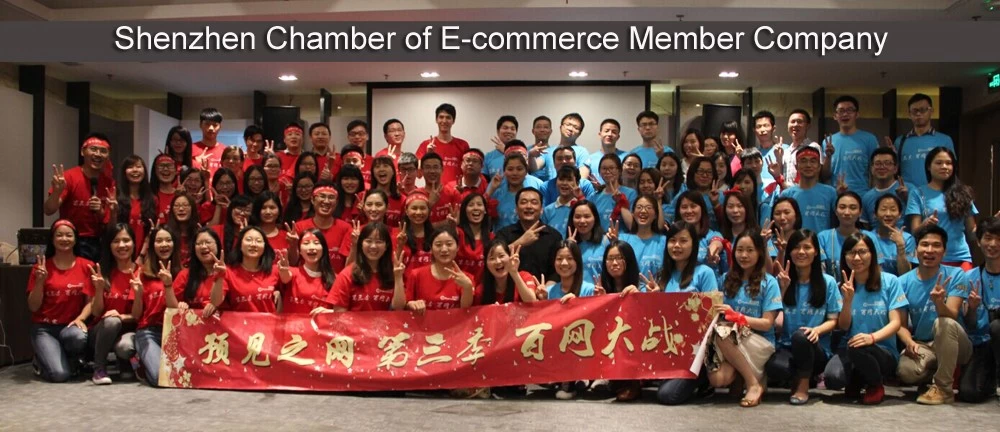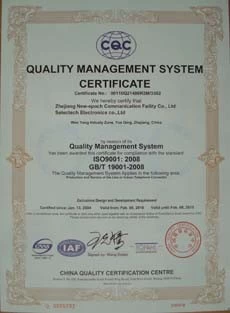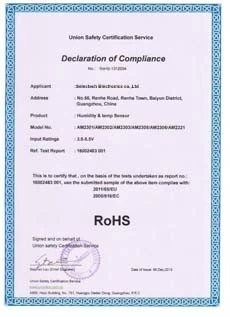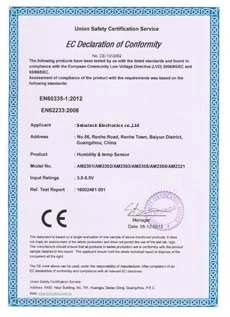Use plug converters to solve the power troubles of different plugs and sockets in different countrie
Selectech
2020-10-20 18:01:42
Every country in the world has its own country's plug and socket type. At present, there are at least 12 different types of plugs and sockets in wide use.
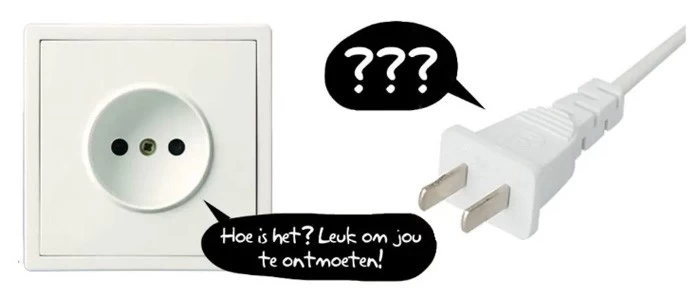
But this is not a happy thing for travelers. If you bought a mobile phone charger in China, you will not be able to use it when you travel in France.
If you buy a small electrical appliance from the United States, your electrical plug cannot be used in a German socket (pictured above).
In the European Union, the C-type plug is a more common type of plug. The picture below is a panoramic view of the plug sockets in the world.
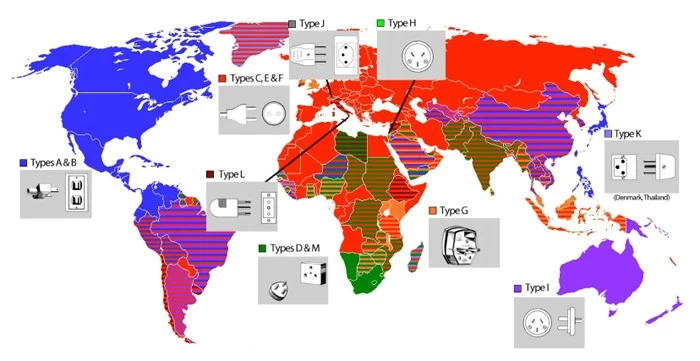
There are currently about 12 major plug and socket types in use, and each plug has a name chosen by its country of use. In order to facilitate memory, the names of the International Trade Administration of the US Department of Commerce are generally used. These names are arranged in alphabetical order: the US uses Type A and Type B; Germany uses Type F and Type C; and so on. The naming of the letters is to make these plugs less confusing and have no practical meaning.
It should also be noted that the voltage of the socket is divided into two categories: 110-240V socket, used in North America; the other is 220-240V, used in most countries in Europe and Asia. This is not to say that the plugs and sockets themselves are related to a certain voltage, but that the equipment and the grid to which they are connected may be.
British plug
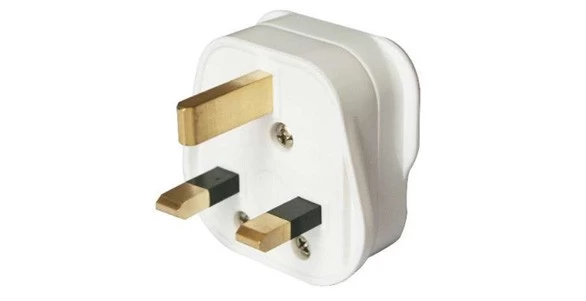
A large fancy-shaped three-pin plug with a fuse inside.
Will the power plug and socket type be consistent in the future?
Do not!
Each country has its own plug and socket standard. If it is to be changed, this will be a very huge project, so it is very difficult to unify the plug and socket type.
But with the globalization of trade, the use of different electrical plugs in different countries has become more and more frequent. Therefore, the conversion plug has become a bridge for the use of electrical appliances across countries.
Although all countries in the world have their own standards for power sockets, it is a simple, fast and cost-saving way to connect electrical appliances between countries by switching sockets.
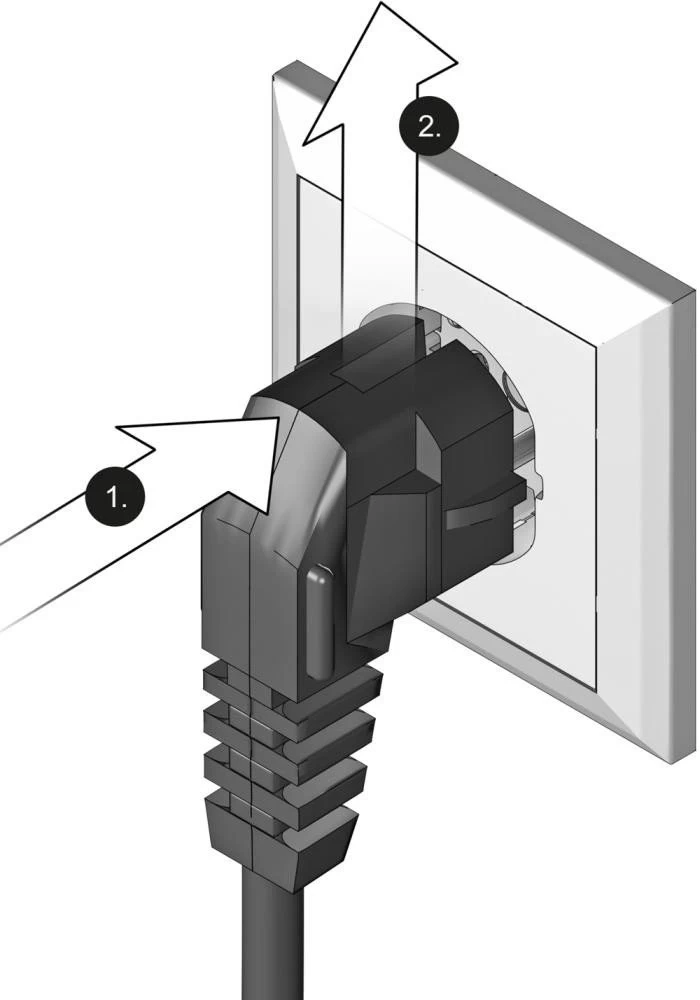 Choose our SELECTECH, more specifications of conversion travel adapters to meet your various needs
Choose our SELECTECH, more specifications of conversion travel adapters to meet your various needs

But this is not a happy thing for travelers. If you bought a mobile phone charger in China, you will not be able to use it when you travel in France.
If you buy a small electrical appliance from the United States, your electrical plug cannot be used in a German socket (pictured above).
In the European Union, the C-type plug is a more common type of plug. The picture below is a panoramic view of the plug sockets in the world.

There are currently about 12 major plug and socket types in use, and each plug has a name chosen by its country of use. In order to facilitate memory, the names of the International Trade Administration of the US Department of Commerce are generally used. These names are arranged in alphabetical order: the US uses Type A and Type B; Germany uses Type F and Type C; and so on. The naming of the letters is to make these plugs less confusing and have no practical meaning.
It should also be noted that the voltage of the socket is divided into two categories: 110-240V socket, used in North America; the other is 220-240V, used in most countries in Europe and Asia. This is not to say that the plugs and sockets themselves are related to a certain voltage, but that the equipment and the grid to which they are connected may be.
British plug

A large fancy-shaped three-pin plug with a fuse inside.
Will the power plug and socket type be consistent in the future?
Do not!
Each country has its own plug and socket standard. If it is to be changed, this will be a very huge project, so it is very difficult to unify the plug and socket type.
But with the globalization of trade, the use of different electrical plugs in different countries has become more and more frequent. Therefore, the conversion plug has become a bridge for the use of electrical appliances across countries.
Although all countries in the world have their own standards for power sockets, it is a simple, fast and cost-saving way to connect electrical appliances between countries by switching sockets.
 Choose our SELECTECH, more specifications of conversion travel adapters to meet your various needs
Choose our SELECTECH, more specifications of conversion travel adapters to meet your various needs

